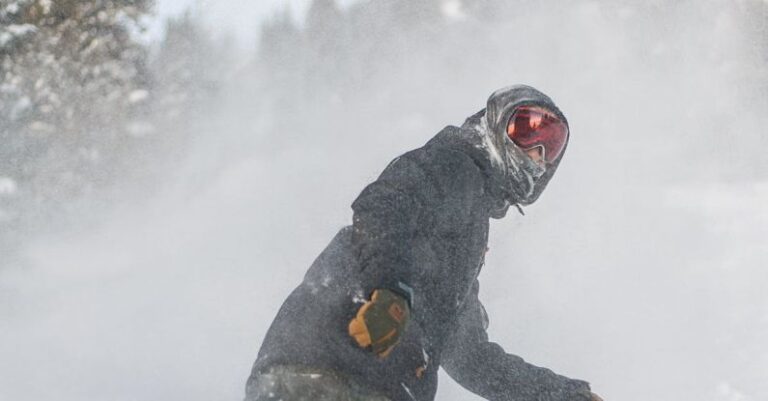
When it comes to snowboarding, having a strong and resilient body is essential for improving your performance on the slopes. The sport requires a unique combination of strength, balance, and flexibility to navigate through various terrains and execute tricks with precision. To enhance your snowboarding abilities, incorporating specific exercises into your workout routine can help you build the necessary strength and stability. In this article, we will explore some of the best snowboarding exercises for strength that can benefit riders of all levels.
**Leg Blasters for Lower Body Power**
Strong legs are crucial for snowboarding as they provide the foundation for stability and control while riding. Leg blasters are an intense lower body exercise that targets the quadriceps, hamstrings, glutes, and calves. To perform leg blasters, start by doing 10 air squats, followed by 10 alternating lunges, 10 jumping lunges, and 10 jump squats without taking a break in between. This circuit will not only build strength but also improve endurance, mimicking the demands of snowboarding on your legs.
**Core Stability with Planks and Russian Twists**
A strong core is essential for maintaining balance and control while snowboarding. Planks and Russian twists are effective exercises that target the core muscles, including the abdominals, obliques, and lower back. To do a plank, start in a push-up position with your body in a straight line from head to heels and hold for 30-60 seconds. For Russian twists, sit on the floor with your knees bent, lean back slightly, and rotate your torso from side to side while holding a weight or a medicine ball. These exercises will help improve your core strength and stability on the board.
**Upper Body Strength with Push-Ups and Pull-Ups**
While snowboarding primarily relies on lower body strength, having a strong upper body can also enhance your performance, especially when it comes to steering and maneuvering the board. Push-ups and pull-ups are excellent exercises for targeting the chest, shoulders, back, and arms. Aim to do 3 sets of 10-15 reps of push-ups and 3 sets of 5-10 reps of pull-ups to increase upper body strength and endurance, which can translate into better control and responsiveness while snowboarding.
**Balance and Coordination with Bosu Ball Exercises**
Snowboarding requires a high level of balance and coordination to navigate uneven terrain and execute tricks with precision. Incorporating Bosu ball exercises into your training can help improve your balance and stability, mimicking the dynamic movements of snowboarding. Try exercises like Bosu ball squats, single-leg deadlifts, and Bosu ball planks to challenge your core muscles and improve your overall balance and coordination on the board.
**Plyometric Training for Explosive Power**
Plyometric exercises are great for developing explosive power and quickness, which are essential for performing jumps, spins, and tricks while snowboarding. Incorporate exercises like box jumps, tuck jumps, and burpees into your workout routine to enhance your lower body strength and power. Plyometric training can help you generate more force and speed on the snow, allowing you to push your limits and take your riding to the next level.
**Flexibility and Mobility with Yoga and Stretching**
Maintaining flexibility and mobility is key to preventing injuries and optimizing your performance on the snow. Practicing yoga and incorporating stretching exercises into your routine can help improve your range of motion and joint flexibility, allowing you to move more freely and efficiently while snowboarding. Focus on stretches that target the hips, hamstrings, calves, and shoulders to enhance your overall flexibility and mobility for a smoother and more controlled ride.
**Incorporating these snowboarding exercises for strength into your training regimen can help you build the physical attributes necessary to excel on the slopes. By focusing on developing strength, balance, agility, and flexibility, you can enhance your performance, reduce the risk of injuries, and take your snowboarding skills to new heights. Remember to always warm up before your workouts, listen to your body, and stay consistent with your training to see the best results on the snow. Get ready to shred the slopes with confidence and power by incorporating these exercises into your snowboarding training routine!**





